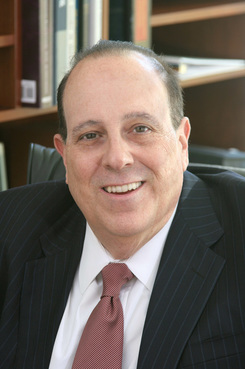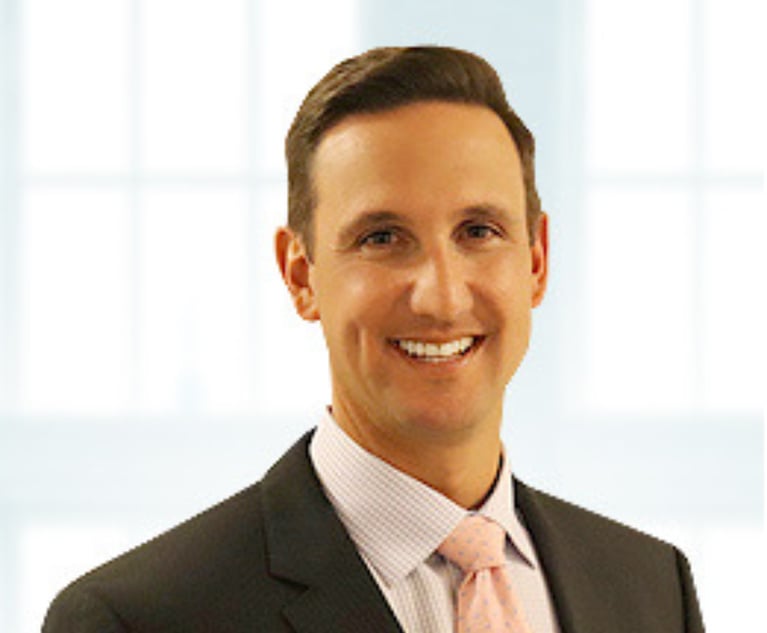Since the 1940s, focus groups have been used to provide feedback to product sellers, television producers, governments and political candidates. Focus groups bring together a group of “ordinary people” to share their views on a topic or product. The information gathered during focus groups is used for subsequent decision-making and planning, such as developing strategies for marketing a product or a decision of whether or not to launch a TV series.
Since the 1990s trial lawyers have begun utilizing focus groups as part of the trial preparation processes. When attorney-driven focus groups first appeared on the scene, they were usually structured as mock trials, with focus group members serving as the jury. The purpose of these early focus groups was often to evaluate cases for potential settlement, to determine the attitudes of potential jurors to the case, or to generally help develop trial strategy. Lawyers prepared for focus groups like they would for trials, and often regarded the results as predictive of ultimate trial outcomes. Lawyers presented “clopenings” to focus groups, in which they would lay out the case as they would in an opening, and make arguments as they would in a closing. A lawyer representing one of the parties would present one side, and a lawyer pretending to be adverse counsel might provide opposing evidence and arguments. In addition, witnesses might testify, and actual exhibits might be presented. Convening a focus group was considered an expensive endeavor, and as a result relatively few lawyers took advantage of the opportunity.


 Mark Schultz, Schultz Law
Mark Schultz, Schultz Law




